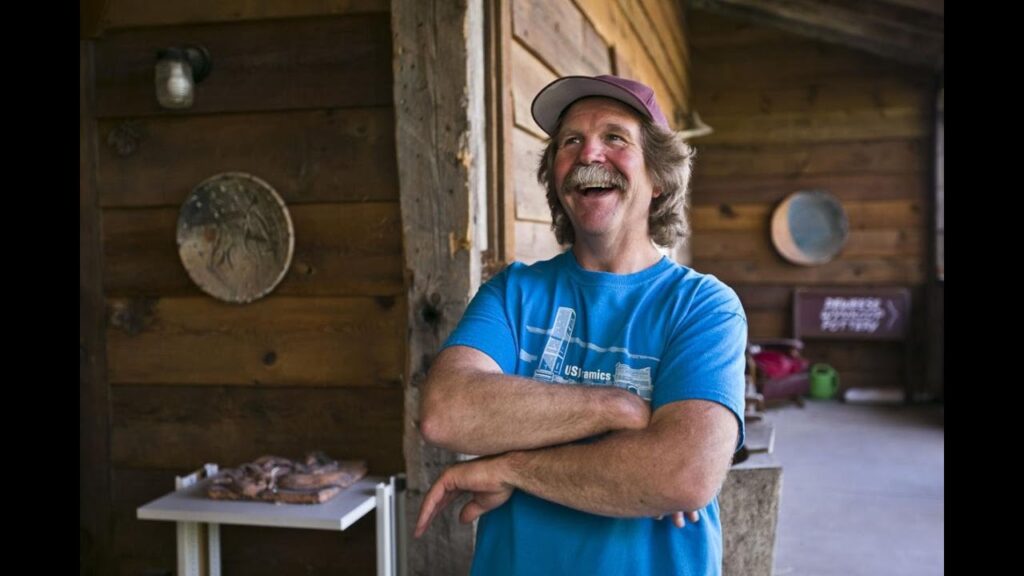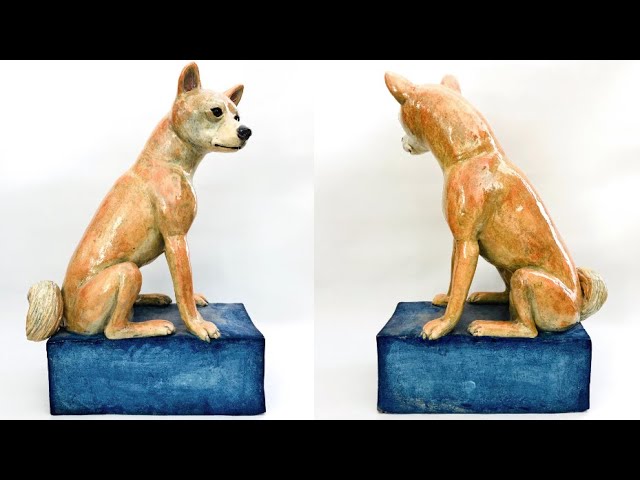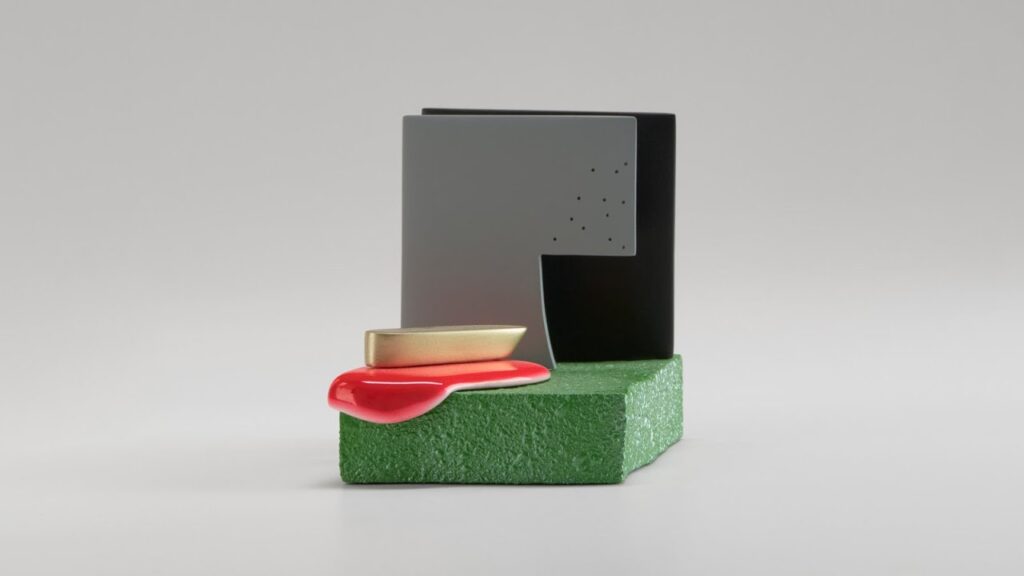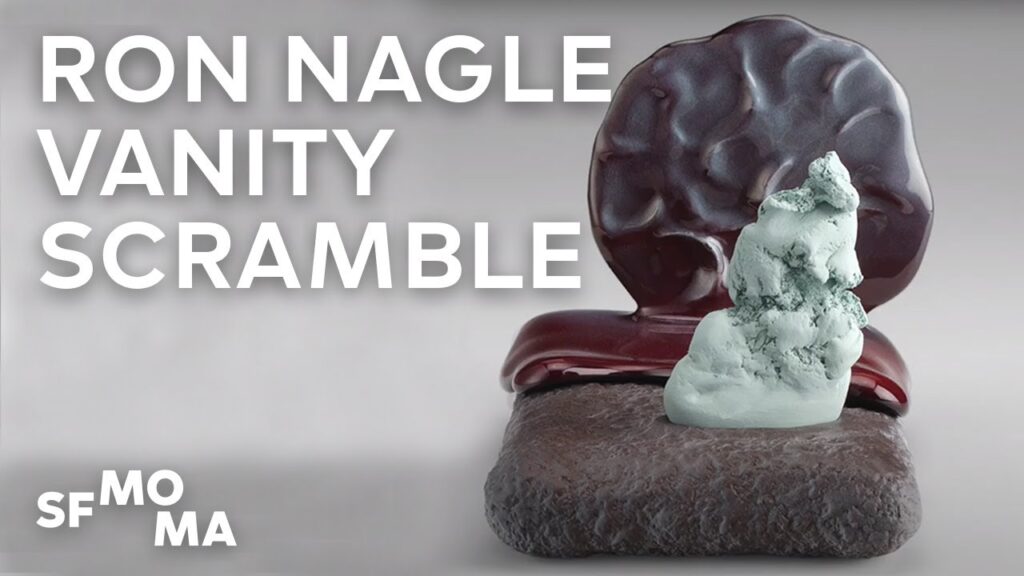Adrian Arleo | Dog Days
16 July – 4 September 2021
Radius Gallery is honored to present new works by masterful ceramics artist Adrian Arleo. Fusing and juxtaposing human, animal and natural imagery, Arleo explores the vital interconnections between the human and non-human realms. Her sculptures are alluring and enigmatic, thoughtfully conceived and brilliantly realized.
Artist Statement:
For 40 years, my sculpture has combined human, animal and natural imagery to create a kind of emotional and poetic power. Often there's suggestion of a vital interconnection between the human and non-human realms; the imagery arises from associations, concerns and obsessions that are at once intimate and universal. The work frequently references mythology and archetypes in addressing our vulnerability amid changing personal, environmental, and political realities. By focusing on older, more mysterious ways of seeing the world, edges of consciousness and deeper levels of awareness suggest themselves.
The majority of the pieces in this exhibition were created within the past two years. And while the new work is not about the pandemic per se, it clearly had an influence over my mindset. The small “Outcropping Figures,” for example, were created during the time we were all under stay-at-home orders. I wanted to suggest the precariousness and isolation of that period, and the experience of trying to patiently wait it out.
Another sculpture that touches on the isolation of that period is the onetitled “Internal.” The long bands of the figure’s hair encapsulate another human being. Because of the fetal position of the inner figure, one might initially assume it’s an infant, but it is instead another adult female. That figure is meant to suggest an interior world, its star-speckled surface alluding to a kind of vastness that can be found inside ourselves.
The title for this exhibition, “Dog Days,” has multiple references. July and August are commonly known as the dog days of summer. Historically the term came from the period following the heliacal rising (relating to or near the sun) of the star system Sirius, also known as the Dog Star, which Hellenistic astrology connected with heat, drought, sudden thunderstorms, lethargy, fever, mad dogs, and bad luck. Looking back, the past eighteen months really have been a kind of extended period of dog days. The pandemic certainly brought on lethargy, fever and terrible luck for some. It’s also been a time when we’ve relied deeply on the company of our animals, particularly dogs. This is a theme that’s touched on in a number of the sculptures in the exhibition. In “Apparition II,” for example, the figure seems to be conjuring a leaf-covered dog. That leafy surface extends from a series I did a few years ago based on Kuan Yin (Guanyin), the Buddhist bodhisattva of compassion. Adding that reference to the dog accentuates the comforting nature of its presence. The devotion and companionship of dogs can be one of most meaningful non-human relationships that a person might experience. These kinds of relationships nurture our appreciation of the value and importance of life beyond the human realm.
Artist Biography:
Adrian Arleo has spent the last 29 years living and working as a full time sculptor in Lolo, Montana, with her family and a menagerie of animals. She was born in NY and spent many years on both coasts before making Montana home. Adrian studied Art and Anthropology at Pitzer College and received her M.F.A. in ceramics from Rhode Island School of Design. She was an Artist in Residence at Oregon College of Art and Craft in 1986-87, at Sitka Center For Art and Ecology in 1987-88, and in 2012 was an invited artist for the Jordan Schnitzer Printmaking Residency, also at Sitka Center for Art and Ecology.
Adrian’s work is exhibited nationally and internationally, and is in numerous public, private and museum collections. She received awards from the Virginia A. Groot Foundation in 1991 and 1992, and in 1995 was awarded a Montana Arts Council Individual Fellowship. Her work has been widely published in books, magazines, and on the internet. Adrian is a frequent workshop instructor across the US and abroad, and enjoys teaching courses on figurative ceramic sculpture.
About the gallery:
Radius Gallery is a contemporary art gallery in downtown Missoula, Montana dedicated to showcasing the skills of contemporary artists as well as fostering an energetic forum for discussing art and its vitality in the world today.
Contact: Lisa Simon, owner
Hours: Tues-Fri 11-6;Sat 11-3
Gallery closed Sundays & Mondays
120 North Higgins
Missoula, MT 59801
Phone (406) 541-7070
Email info@radiusgallery.com
Facebook
Website










